At E3 2019, AMD launched its newest GPU architecture, Navi with three new cards. Although the AMD Radeon RX 5700 XT and Radeon RX 5700 GPUs are the big announcements of the day, the company launched two more products. Filling out the AMD Ryzen 3000 series are the new six-core and twelve thread AMD Ryzen 5 3600X and Ryzen 5 3600 CPUs. AMD also made a halo desktop CPU announcement with the Ryzen 9 3950X 16 core/ 32 thread part..
Kicking off the AMD E3 Keynote
Dr. Lisa Su is kicking off the AMD E3 2019 event announcing its recent wins with the Google Stadia cloud gaming service as well as next-generation Sony PlayStation and Microsoft Xbox.
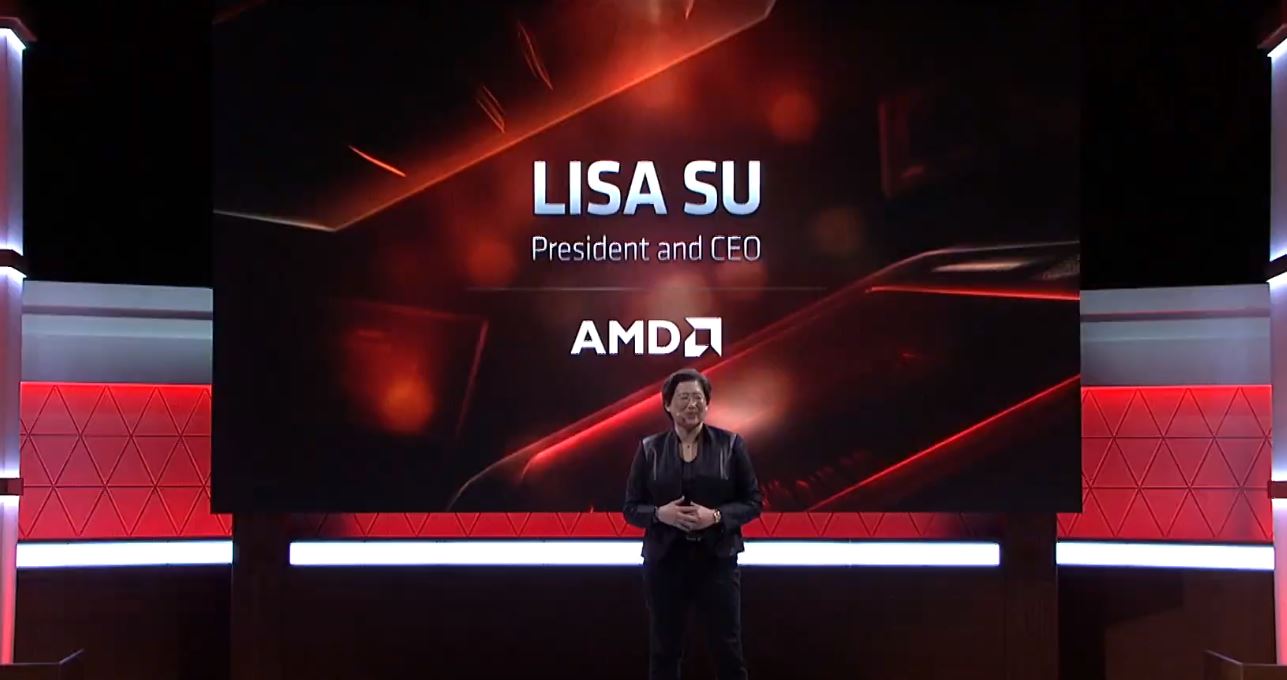
She is showing the new 7nm architecture GPUs and CPUs. We recently covered the AMD Ryzen 3000 series launch at Computex 2019. Today we are getting more.
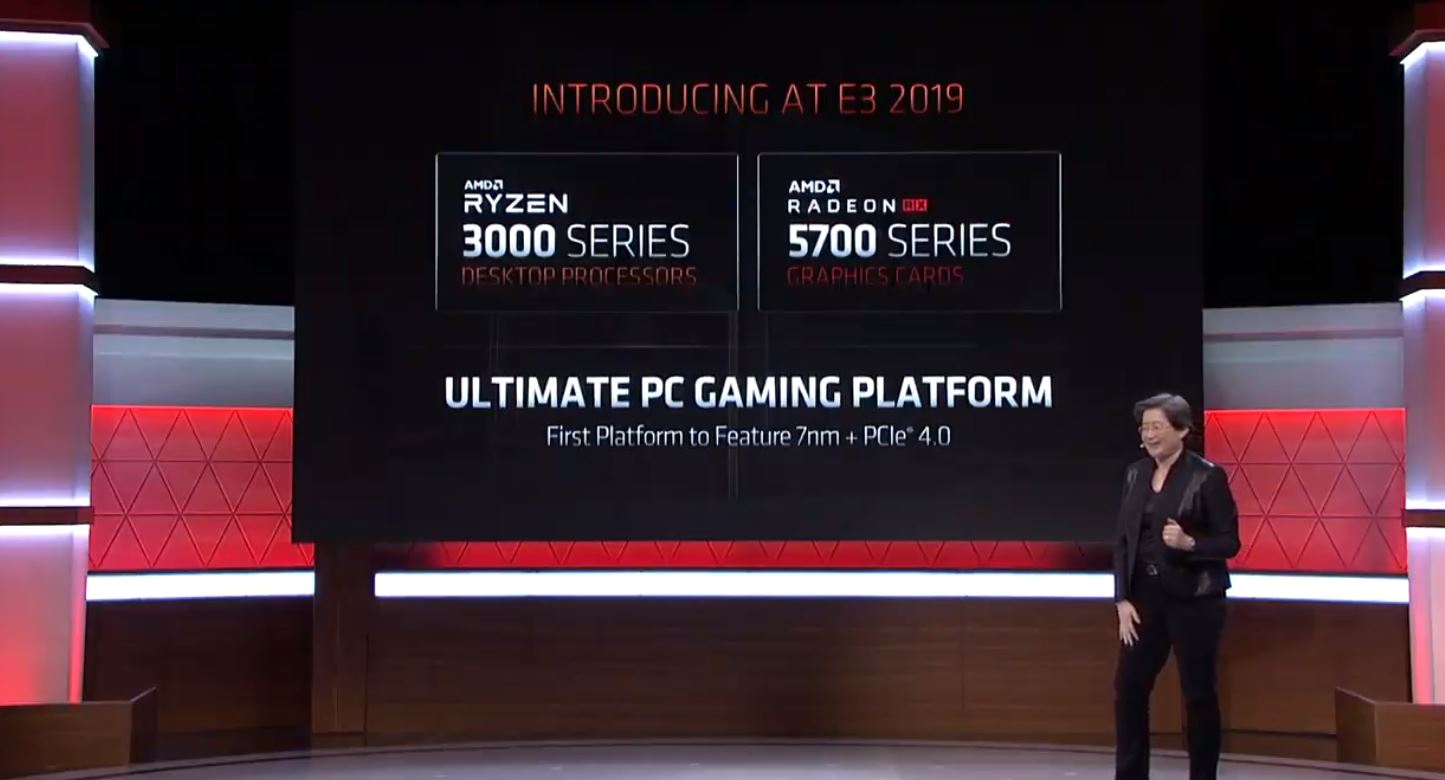
AMD Ryzen 9 3950X 16 Core / 32 Thread Desktop CPU
Perhaps the most exciting launch is the AMD Ryzen 9 3950X which the company looks to take the firm leadership position for the mainstream workstation CPU segment.
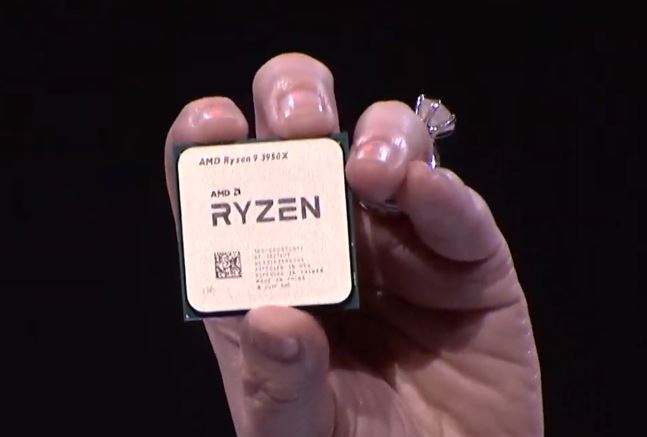
Aside from the 16 cores and 32 threads, we can expect a 3.5GHz base and 4.7GHz boost clock with 72MB of cache and only a 105W TDP. Combine this with PCIe Gen4 and one has a very strong platform without a direct Intel counter launched at this point.
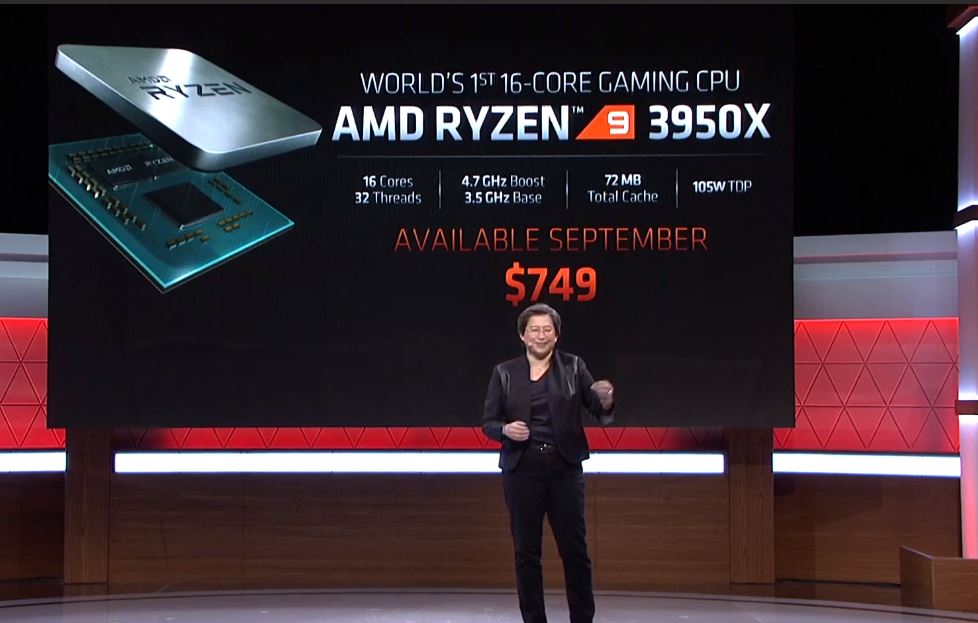
AMD says this will be available in September for $749. That is well behind the other launches today which are destined for July 7, 2019 launch.
AMD Ryzen 5 3600X and Ryzen 5 3600
AMD is filling out the stack with the launch of two six-core and twelve thread parts. The AMD Ryzen 5 3600X is a 95W 6-core part at $249. The AMD Ryzen 5 3600 is a $199 part at only 65W.
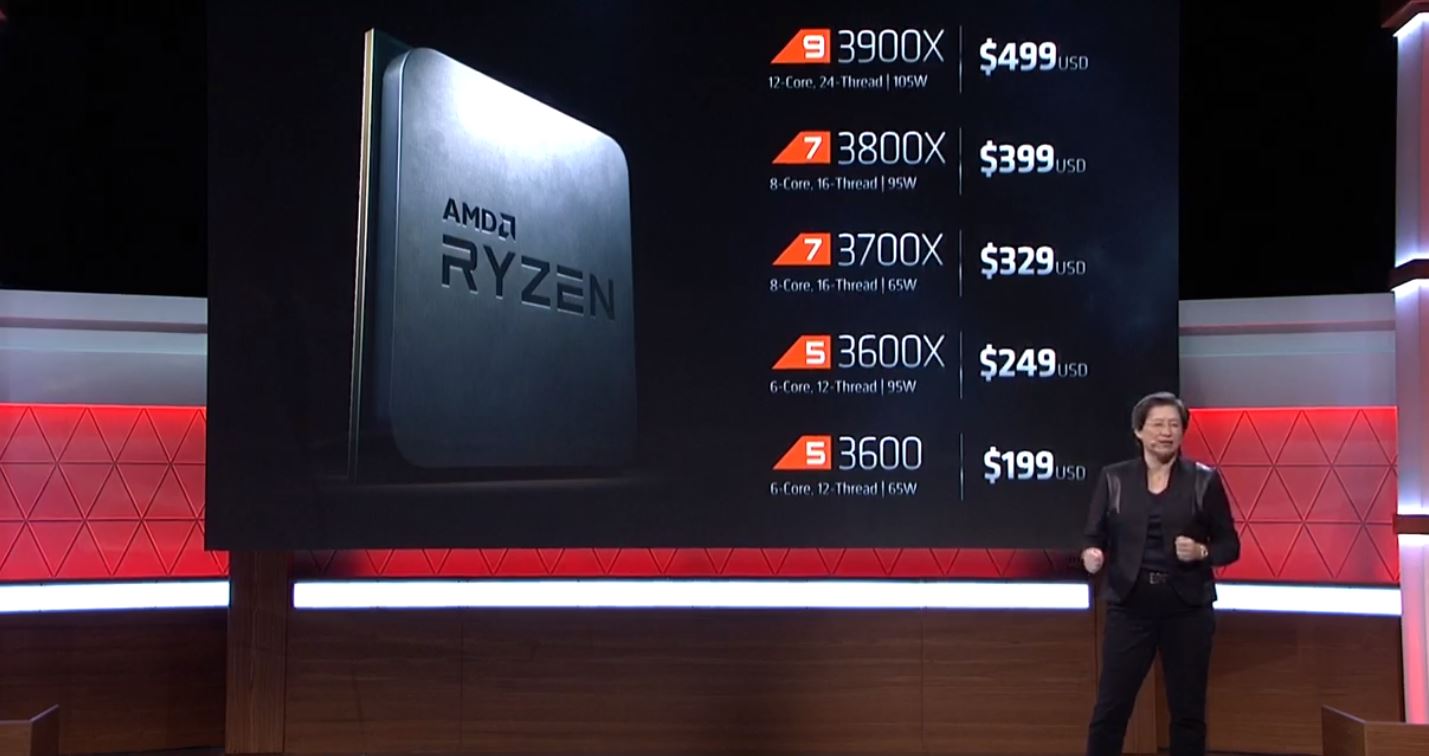
The AMD Ryzen 5 CPUs are designed to compete against Intel’s quad-core PCIe Gen3 CPUs. One major difference. While Intel’s newest parts have onboard graphics, these AMD Ryzen 3000 series parts are pure CPUs. On the GPU side, AMD also announced new Navi cards.
AMD Radeon RX 5700 XT and RX 5700 Launch
At E3, the big announcement was the new AMD Radeon Navi generation. We previewed this at Computex 2019, but these are AMD’s new 7nm GPUs with GDDR6 memory and PCIe Gen4 support.
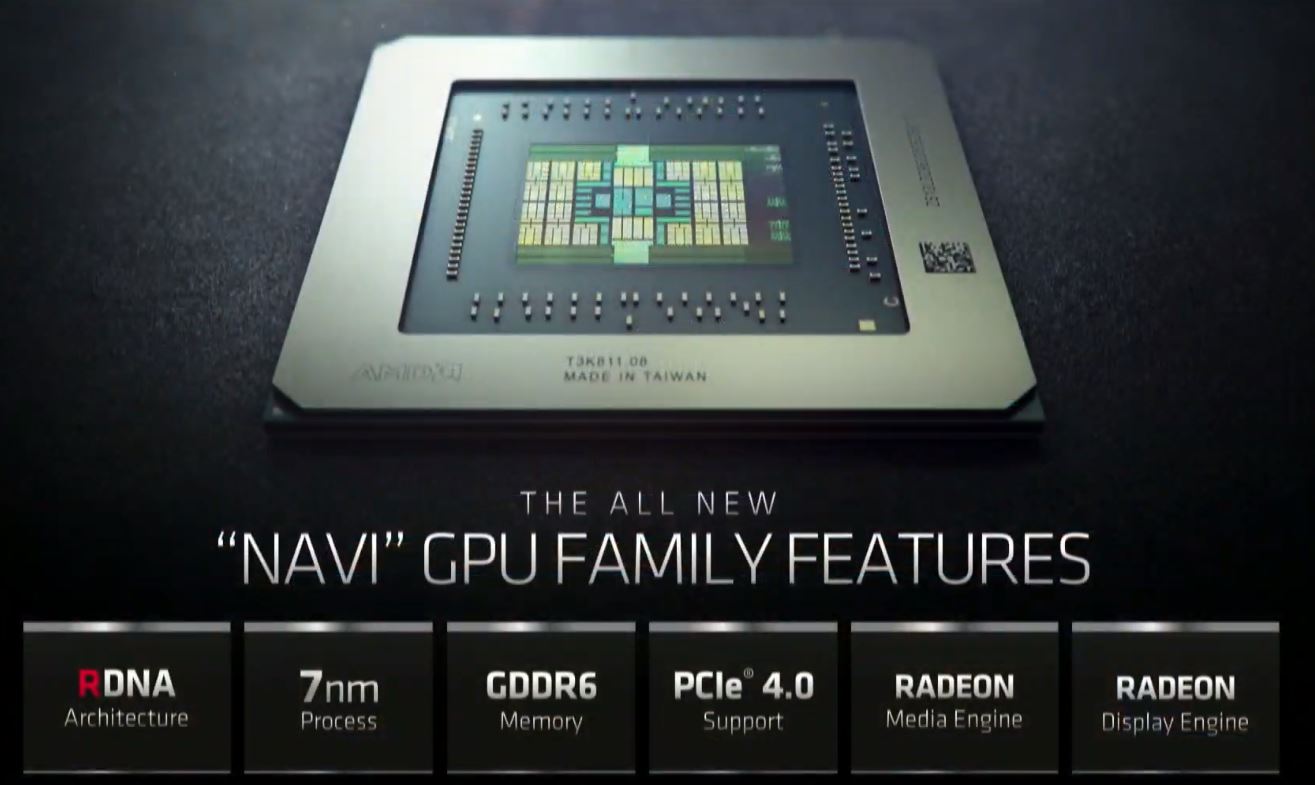
Launching first is the AMD Radeon RX 5700 XT card. For STH readers who are likely to want to put these into denser server/ workstation configurations, we are excited to see a dual slot blower-style design.
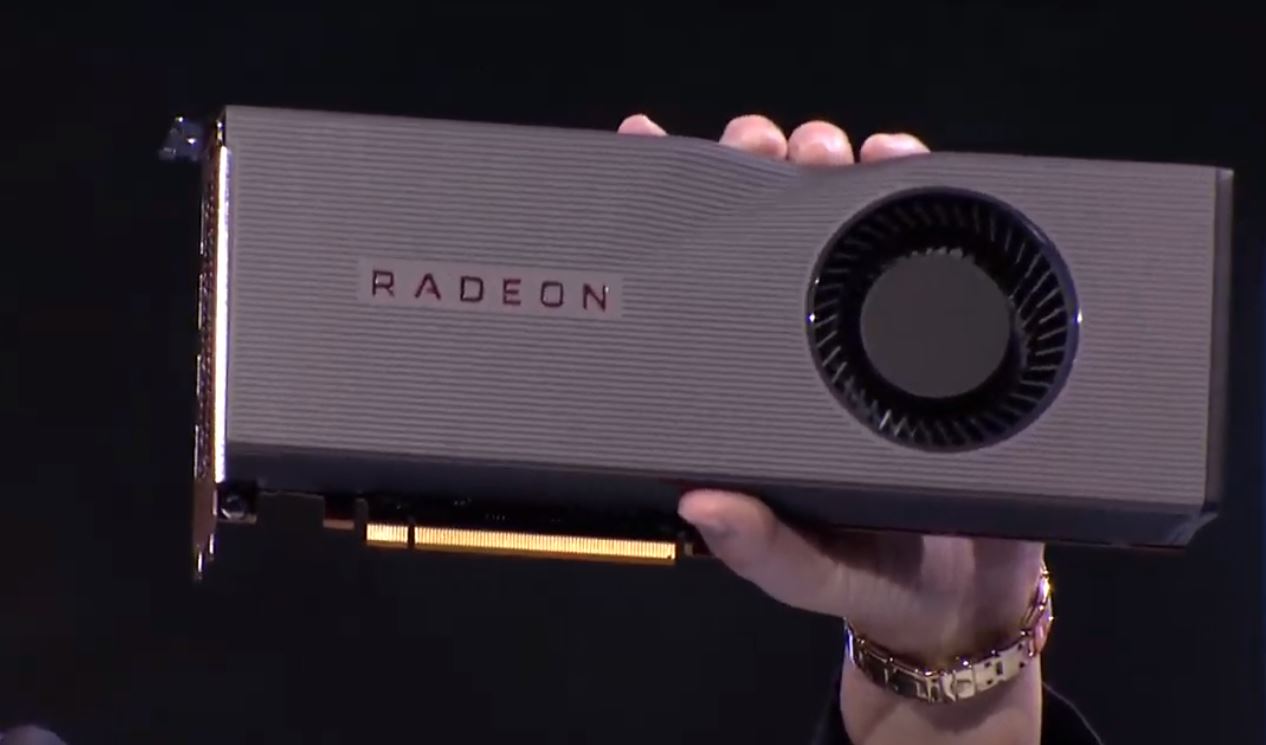
The AMD Radeon RX 5700 XT is the 40 compute unit version with 8GB of GDDR6 memory. For those wondering the “Game Clock” is what the company says one should expect from the GPU when playing games.
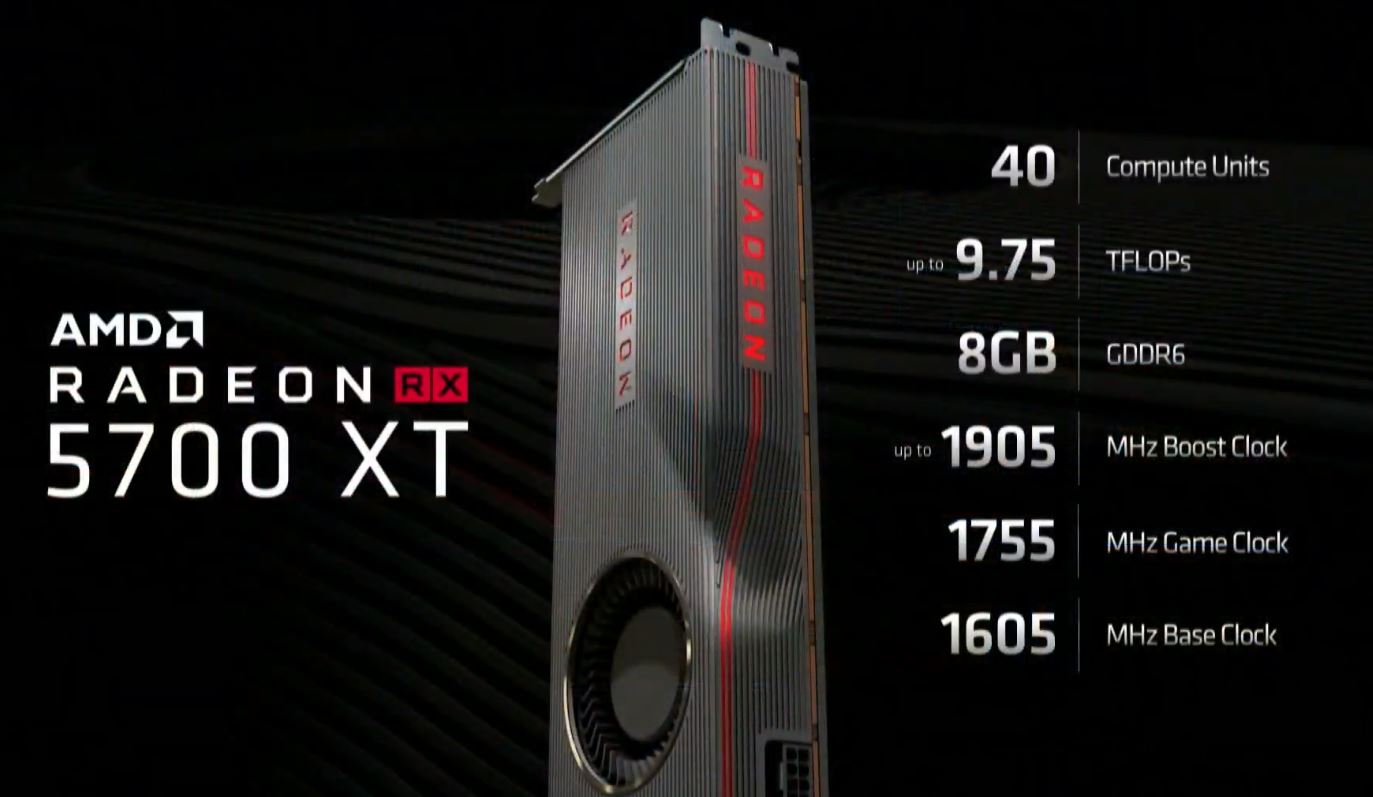
The dual slot blower-style cooler AMD featured. It has a vapor chamber cooling design with efficient graphite TIM to aid in cooling. This is the type of cooler we want to see in our GPUs and what we focus our new 2019 GPU review series from William Harmon on.
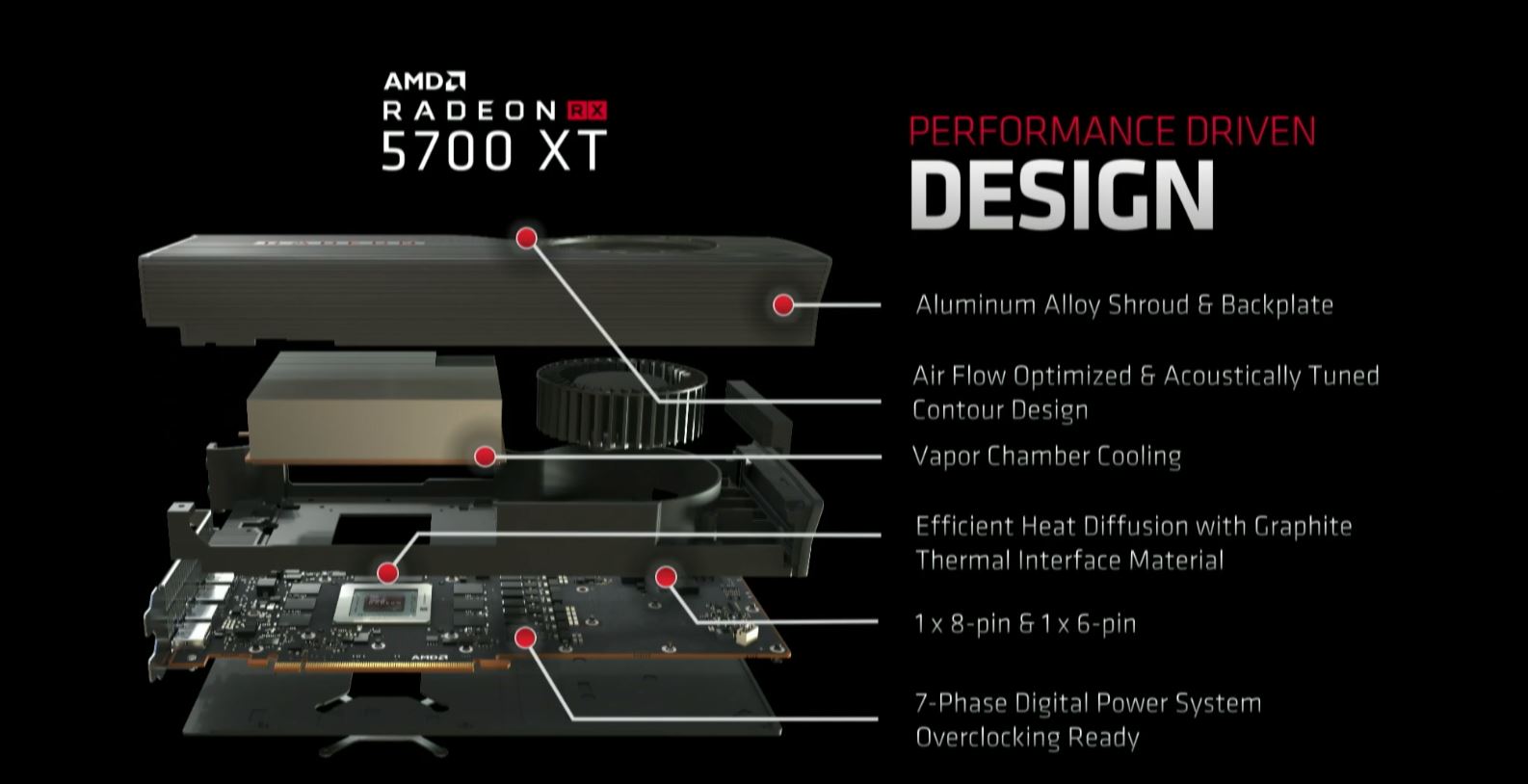
Near the end of the keynote, AMD pulled out the company’s 50th-anniversary edition AMD Radeon RX 5700 XT.
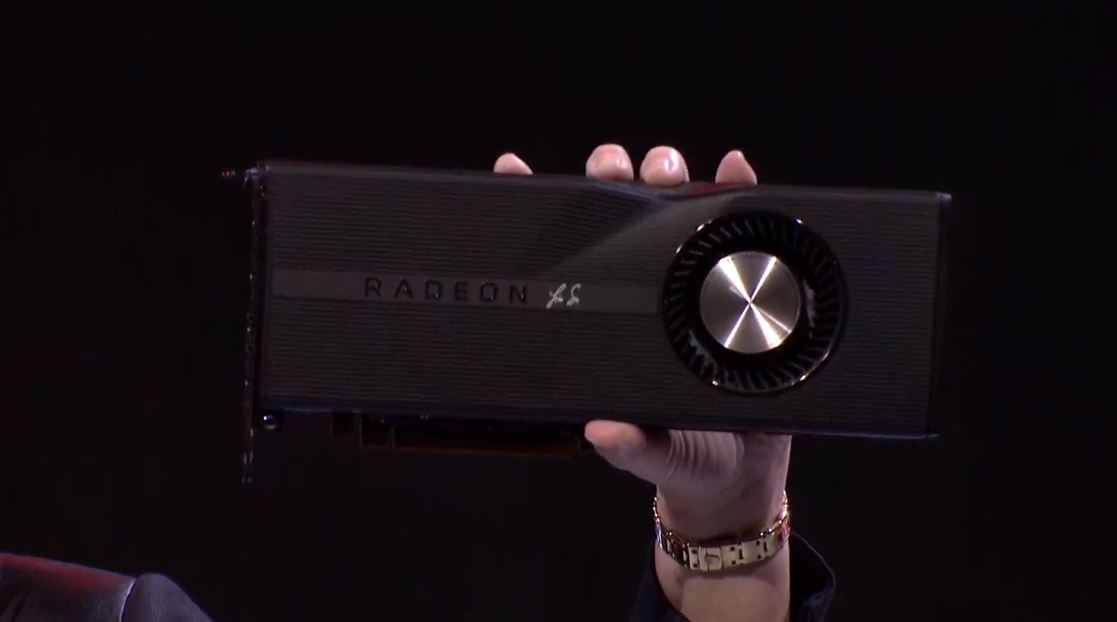
This one features higher clock speeds but otherwise, the same specs with 40 compute units and 8GB of GDDR6 as the standard version.
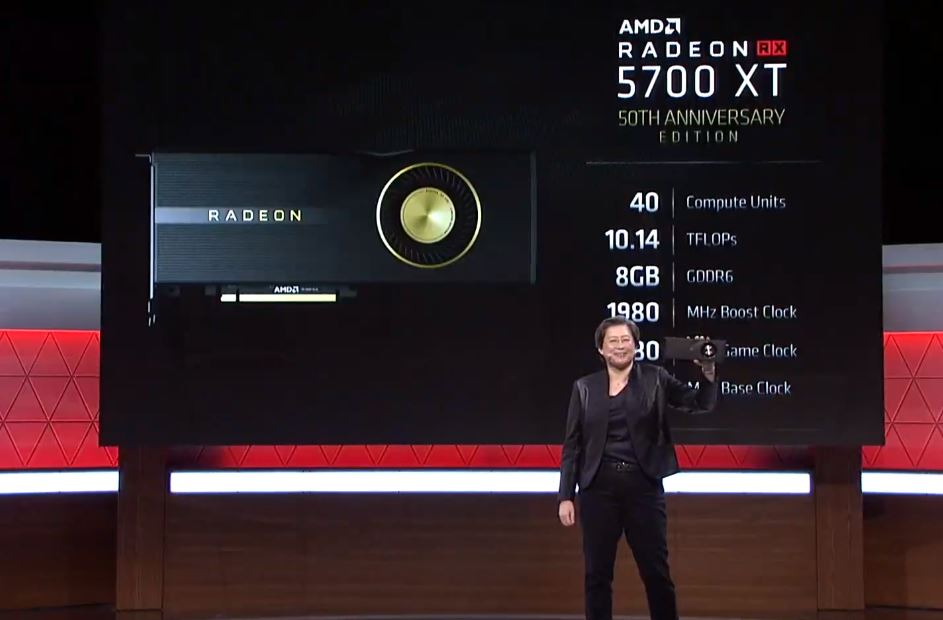
If you want the higher clock speeds, that will cost $499 versus the standard edition at $449.
Just below the AMD Radeon RX 5700 XT is the AMD Radeon RX 5700. The AMD Radeon RX 5700 cuts the compute unit count by 4 to 36 compute units and features lower clock speeds. At the same time, it also shares 8GB of GDDR6 memory like the XT.
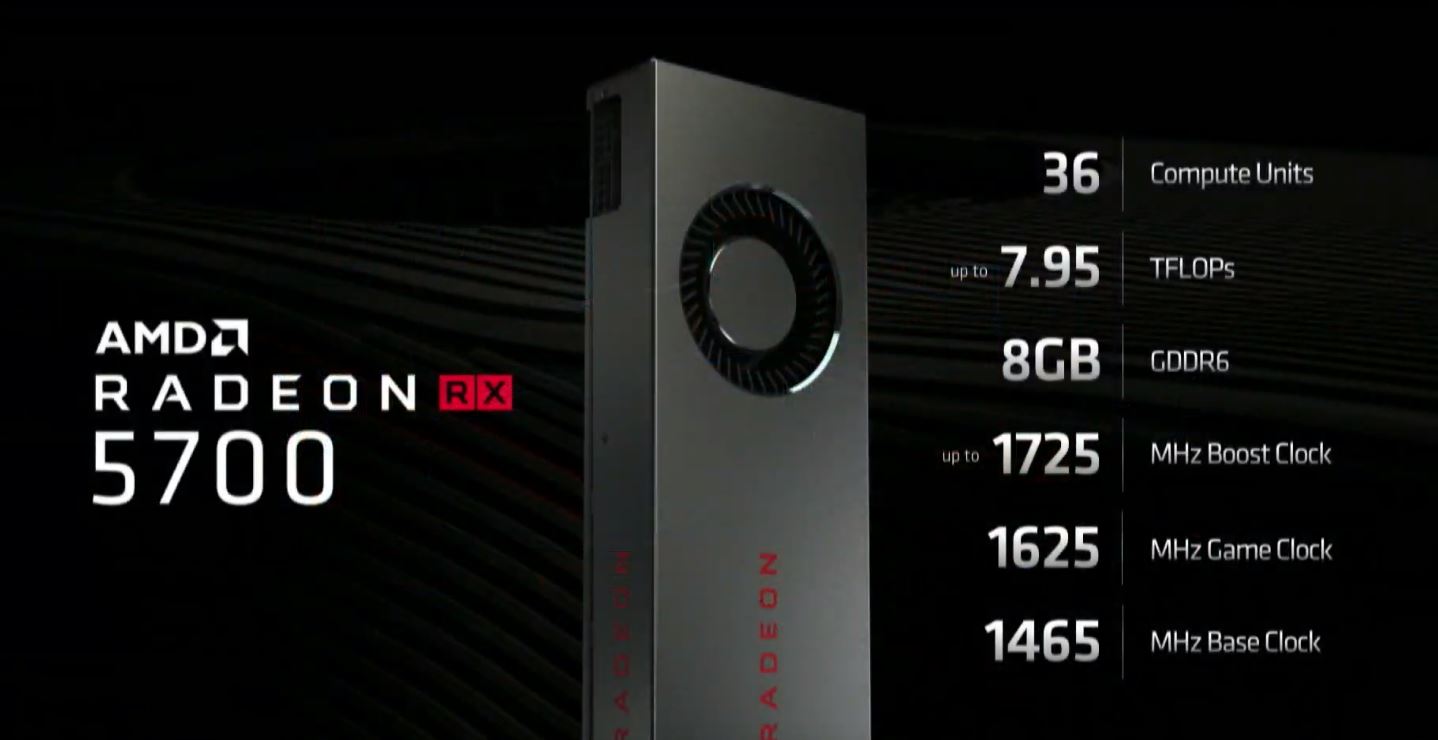
The AMD Radeon RX 5700 will be $379 at launch. We will get these into our GPU review series as soon as we can.
Final Words
At Computex 2019, we saw a lot of interest taking the consumer Ryzen chips that support ECC memory like the Intel Xeon E-2100/ Xeon E-2200 series, parts into servers. Designs with BMCs from ASRock Rack and Tyan used both Ryzen and Threadripper CPUs. On the Ryzen 3000 series side, we have been told these motherboards will not support PCIe Gen4 in their current forms. Instead, we may need to wait to see the new CPUs in low cost dedicated servers, perhaps when the B550 chipset comes out.
AMD Navi is interesting, we will see how the software support pans out compared to the NVIDIA CUDA offerings which have a fairly strong head start.

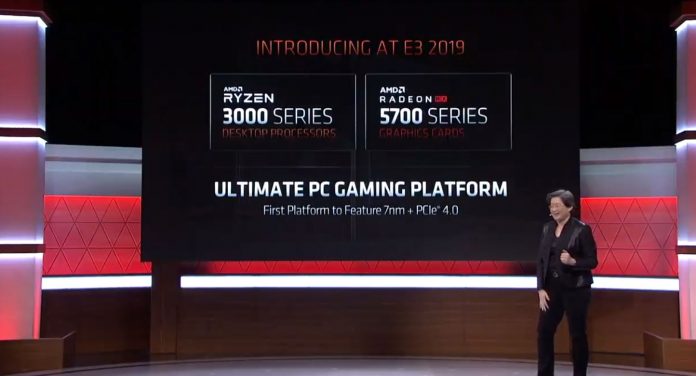
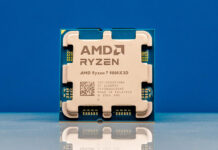
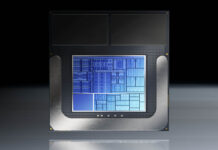

Yay for the CPUs, meh for the GPUs.
Too bad, I really wanted to get away from NVidia and Intel, now I’m not so sure. My current setup is an Intel i7 6700K and a GTX 980 Ti – I use the Intel iGPU when running Linux and the dGPU when gaming on Windows. I would have liked to replace that all with AMD, since AMD also has good open source drivers. But I’d rather get the top of the line card from NVidia and then the question is what to do about graphics – install a second card for Linux use or go with Intel?
@Nils No CPU that competes with the 3950x has integrated graphics, and if you spend a thousand bucks on a top of the line nvidia card, you can afford a second card for linux (or just bite the bullet and use the nvidia proprietary drivers on linux)
@Thomas
I was primarily looking at the i9 9900KS as an alternative since it might provider better single thread performance and has integrated graphics with good open source drivers.
It used to be easier, I would have just gotten the Intel CPU and nvidia card and have the optimal solution, I would have loved for AMD to have caught up with nvidia as well so I can avoid their cards. It’s good to have more choice though, I might just go full AMD regardless, worst case I get a second AMD GPU and use an mGPU setup.